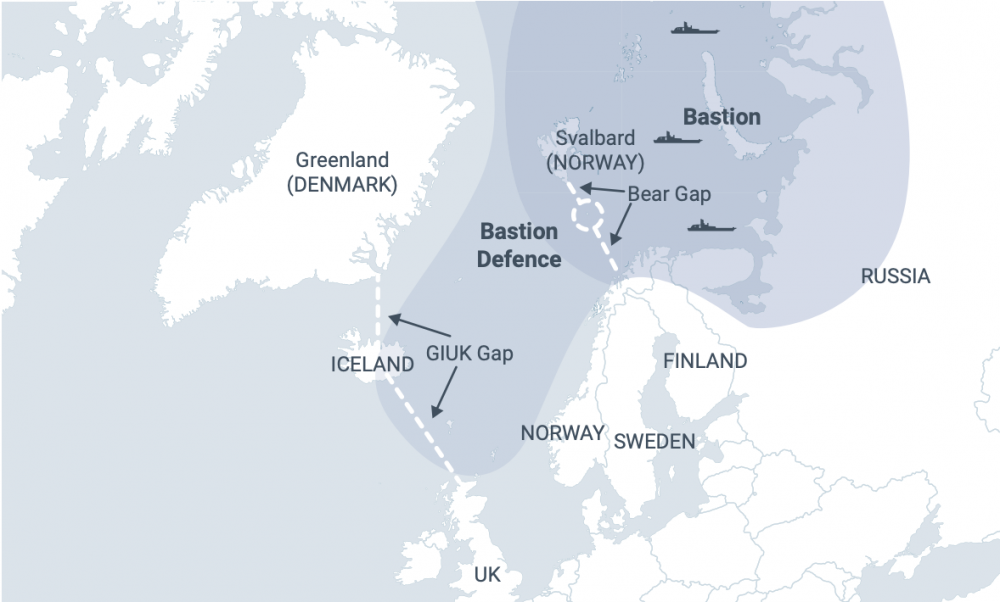There's probably a novel in here somewhere.
From the Barents Observer:
The disrupted cable serves local internet and communications including
the satellite part of SvalSat located on a mountain near Longyearbyen.
There were no natural phenomena that led to the break of the fiberoptic cable between the Arctic archipelago and the Norwegian mainland, preliminary police investigations conclude.
Norwegian police has made discoveries that indicate human involvement in the Svalbard cable disruption that took place on 7th January this year.
“Preliminary investigations strengthen our hypothesis about human impact leading to the loss of communication in one of the cables,” police lawyer Ronny Jørgensen told newspaper Bergens Tidende.
Jørgensen does not want to elaborate on findings, but makes clear that nature is unlikely to be behind the damage.
Nobody has so far been charged or has status as suspect in the case, NRK reports.
The police statements come after the Svalbard local government vessel Polarsyssel was in the area of the cable breach with an unmanned underwater vehicle.
The cable is operated by Space Norway, and also serves the SvalSat park of more than 100 satellite antennas. SvalSat is today the world’s largest commercial ground station with worldwide customers. Its location at 78°N, halfway between mainland Norway and the North Pole, gives the station a unique position to provide all-orbit support to operators of polar-orbiting satellites.
According to Space Norway, the cable disruption was located somewhere between 130 to 230 km from Longyearbyen in an area where the ocean depths drop steeply to about 2700 meters....
....MUCH MORE, including an earlier cable break
....Military speaking, Svalbard is of great strategical importance, located between the Barents-, Greenland-, and Norwegian Seas. The one controlling Svalbard is also likely to control the important gateway from the shallow Barents Sea to the deeper North Atlantic.For Russia’s Northern Fleet, the so-called Bear Island Gap between mainland Norway and the archipelago’s southernmost island is key to conducting sea denial operations in and over the maritime areas further south, potentially threatening NATO’s transatlantic sea lines of communication.....
